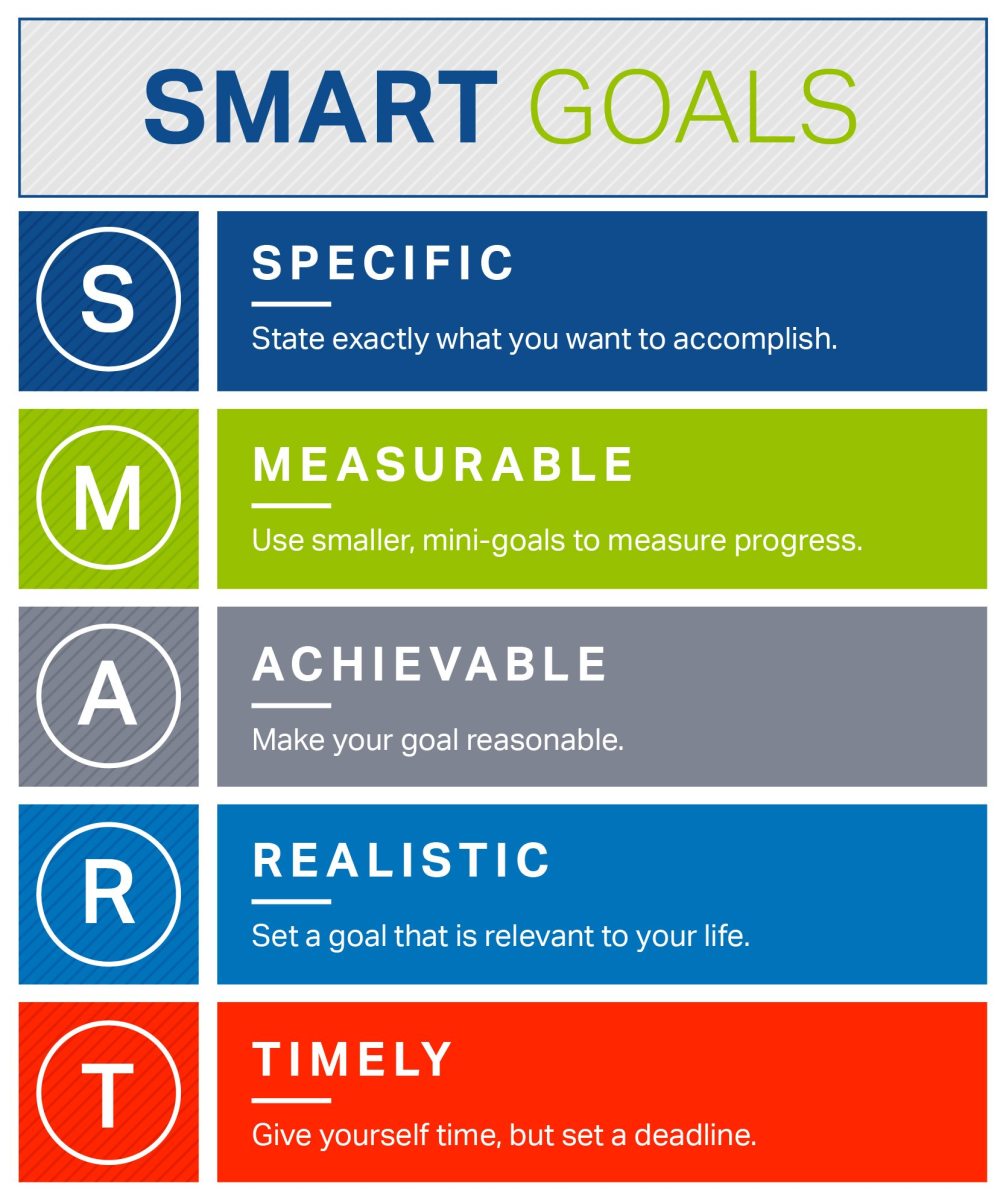Setting Goals: The Effective vs Ineffective Way

Let us compare the manner of setting goals, the effective vs the corresponding ineffective way.
Take, for example, the goal: I want to have more money. What does that mean? If I give you a dollar more, will you be happy then? Or do you need a thousand dollars next year to satisfy your want? You need to be specific and measurable. That’s a basic requirement of all goals.
A clearly defined measurable goal also has to be GREAT in order to carry you through rough times:
-
G: Is it making you GROW? A great goal will make you feel better, improved and learned something new. It may even feel GIGANTIC to you.
-
R: RELEVANT and REWARDING - Is this goal relevant for you you, your family or your work? Is it rewarding for you personally and for others around you?
-
E: Is it ETHICAL, in line with your core values and those of your society? Is it in line with the vision of your company if it is a work-related goal
-
A: Is it ACTION ORIENTED? If altruism isn’t among your core values, I strongly recommend adding the word altruistic here. Truly meaningful altruistic goals will carry you anywhere
-
T: Is it TIME CONSTRAINED & described in the now, in present tense? This is very important and related to how your subconscious mind interprets what it gets down to it.
Now, compare our previous example of wanting more money with the more effective GREAT goal: On date ”so and so”, I will be very grateful that I have paid off credit card debts amounting to XXX dollars. Or : On date ”so and so”, I will be very happy that I have been able to purchase our new home by the lake with an extra room for the new born child.
Which one do you think is more effective?
Take this typical goal: I'm going to lose 35 pounds. But then, your subconscious says, I can obviously do that tomorrow. She just wants to lose 35 pounds, so, let her keep waiting and wanting to lose 35 pounds. Tomorrow your subconscious will say the same thing, and thus, your goal of wanting to lose weight is pushed forward into the succeeding days.
Compare it with the more efficient GREAT goal: On date ”so and so”, I will be very happy that I am so slim and fit that I can easily slip into that beautiful, size 12 dress and have the strength to walk the dog briskly for an hour.
Take this inefficient goal: On date ”so and so”, I will be happy that my spouse is treating me better.
Sounds good, doesn’t it? On the other hand, how much can you truly depend on another person to change his behavior? Is that likely to happen? To what degree can you control that? Even if this goal has a date on it and it includes the emotion you want to feel, it’s still inefficient.
Compare it with the more efficient GREAT goal: On date ”so and so”, I will be so grateful and happy that I stand up for my rights and needs in our marriage.
In 2010, I had, for 10 years, been trying to lose the excess weight of some 45 pounds after giving birth to my three kids. It seemed impossible that I would be able to slip into those beautiful dresses from before without the corset I have become used to wearing.
Then I realised that I had 2 problems: An underlying belief that one should naturally gain a belly after having given birth, and, that it’s alright to feel good about that. They were, actually, limiting beliefs. Therefore, I lacked a clearly defined GREAT goal.
So, I formed this goal: On the first of August 2011, I will feel beautiful and sexy like a panther when I slide into a dress that is tight as the skin of an eel, without a supporting corset underneath. It worked! It took some months, but it worked - and I stay that size - that’s most important.
Now, you see the difference in setting goals - the effective versus the ineffective way, and, should already have a great goal in mind.
Let’s take a brief look at the creative process. The creative process of setting goals works with fantasy, theory and facts.
You start out with a fantasy. You formulate a theory. Then you have to ask yourself - am I able? Please choose to know that you are able. Just the mere inspirational thought carries with it the message that you are able.
The more tricky question to answer is usually: Am I willing to do what it takes? Am I willing to study, to move or to change environment and friends? Am I willing to invest until I am completely out of my comfort zone, have a change in appearance, or, do whatever it takes to realise my fantasy?
The second you can answer these questions with a firm and resounding YES - yes, I am able and, yes, I am willing, then your fantasy turns into a goal.
By planting and nourishing that goal in your mind, and, accompanying it with appropriate actions, the goal will have no choice but to turn into a fact, sooner or later. Then you are ready for the next fantasy that you will again turn into a goal and, eventually, a fact.
So the question, now, is are you able? Answer that with a resounding: YES you are!
But, the more important question at this stage is: Are you willing? Are you willing to do what it takes? Is it a resounding YES? If it is, you have your GOAL set!
It is well tested according to the GREAT test. You are able, and, you have just declared yourself committed.








